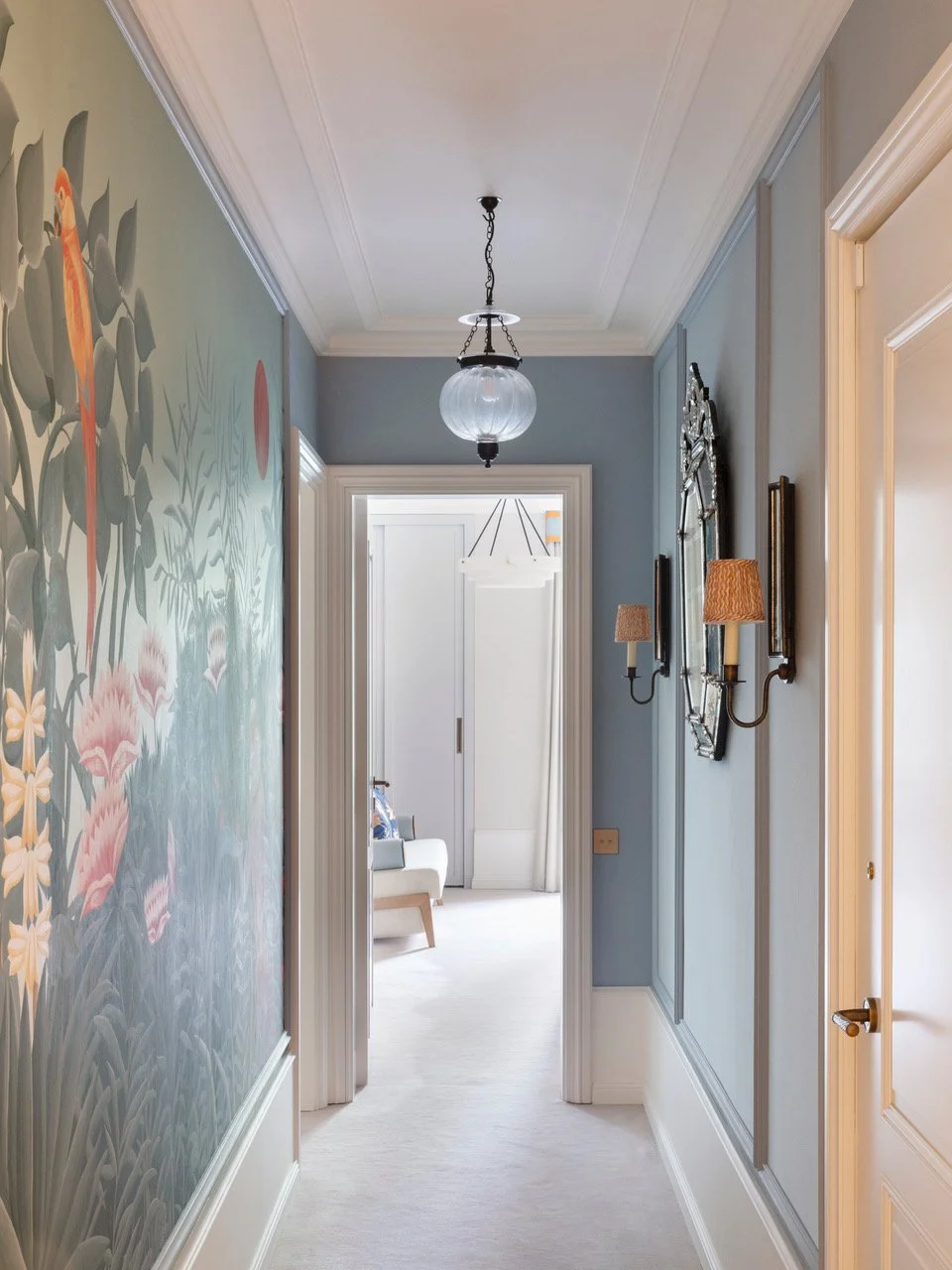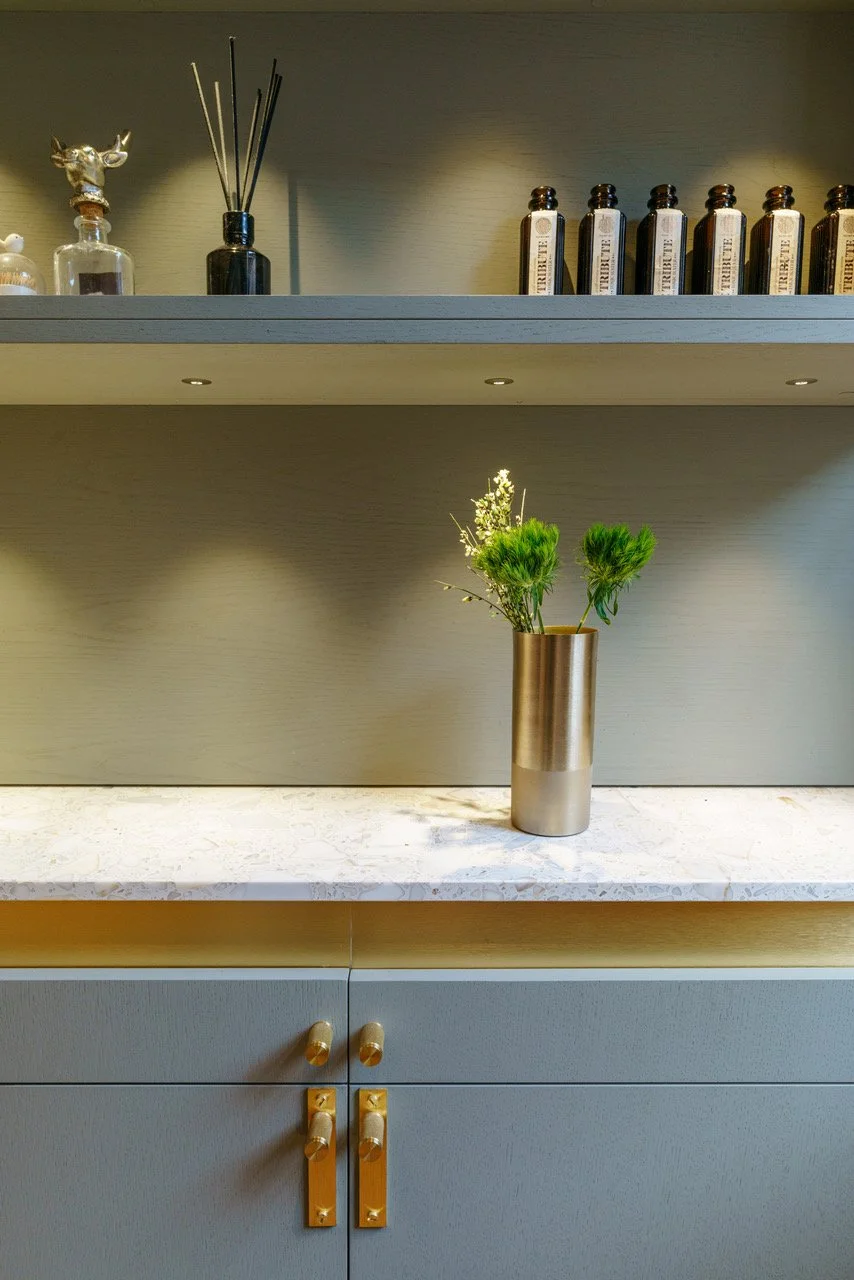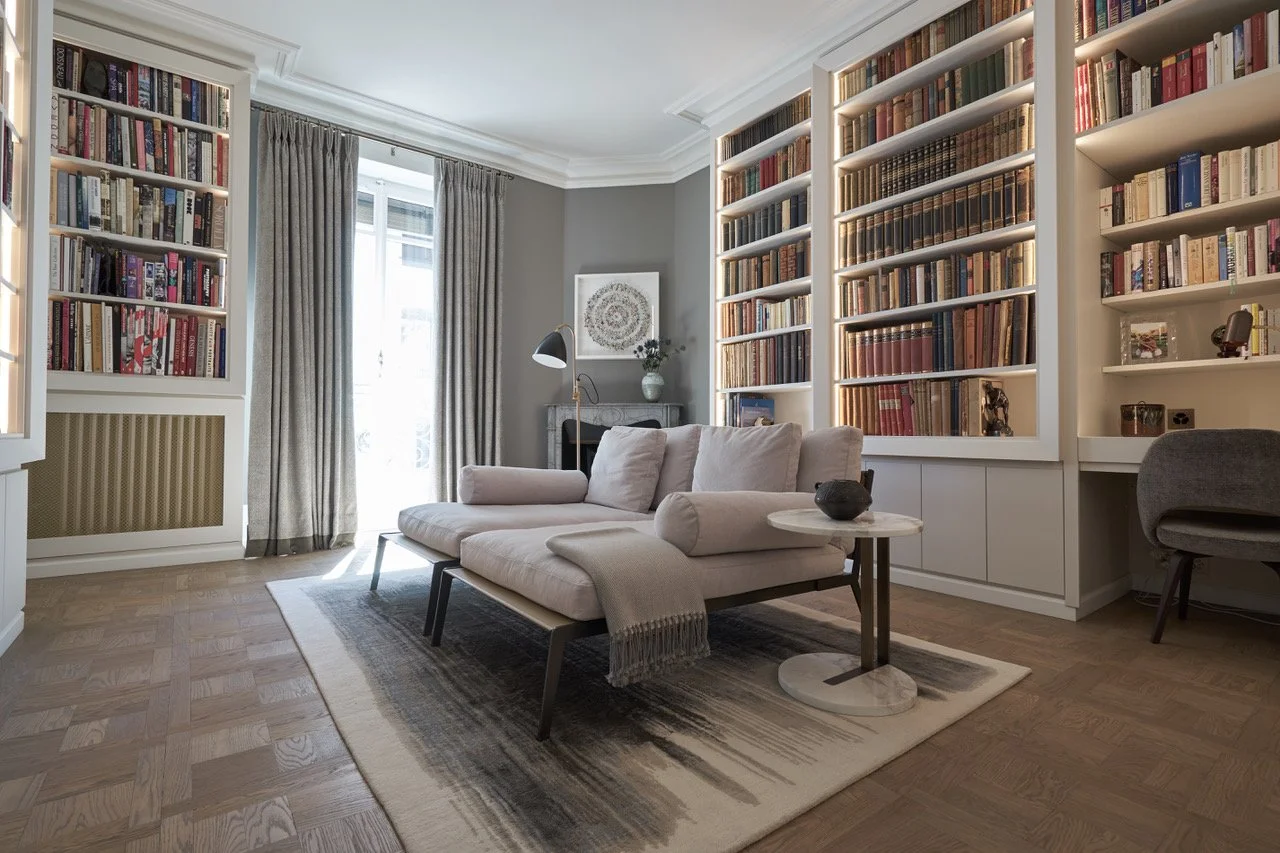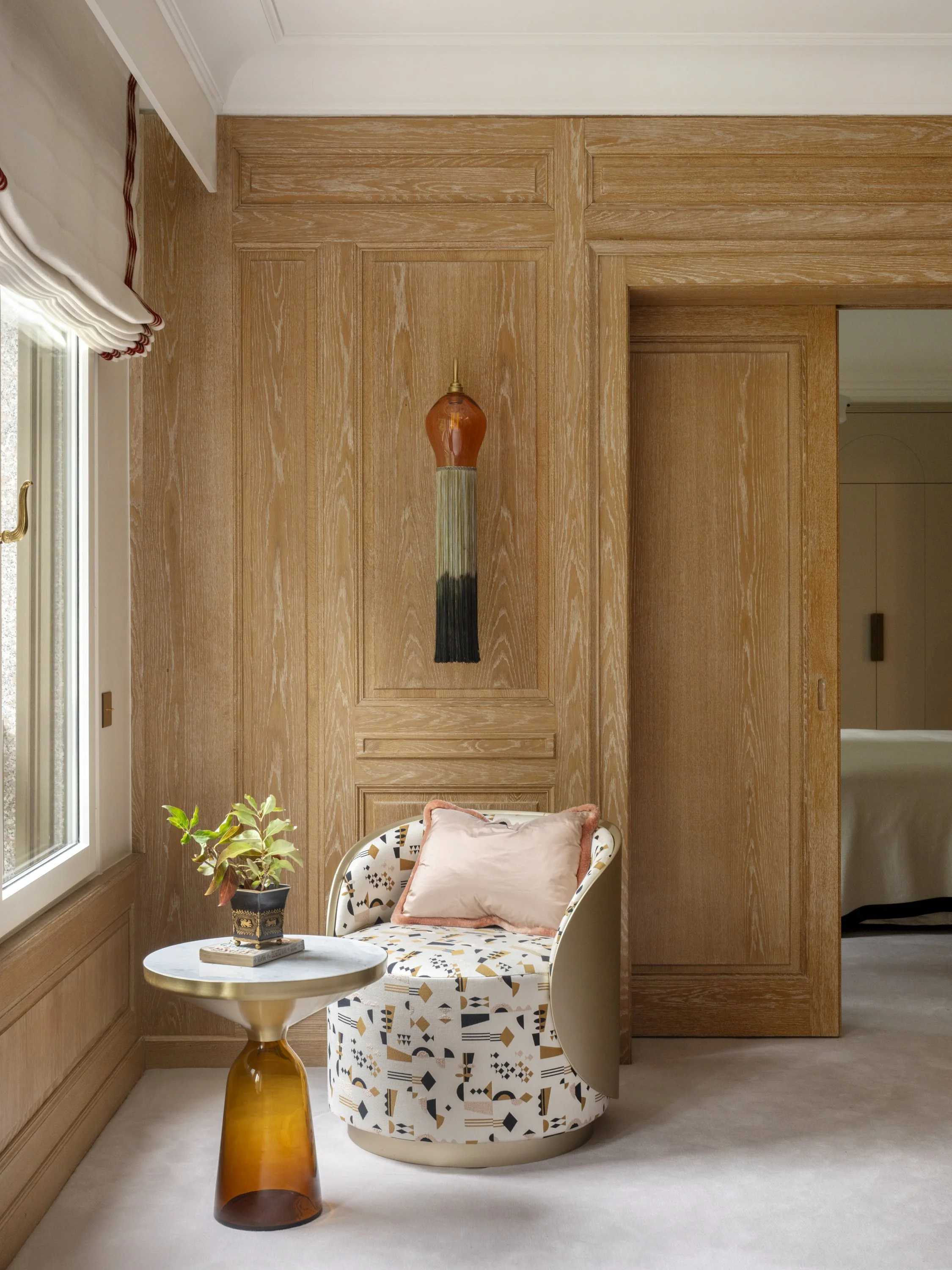More Than a Home: How Interior Design Can Impact Your Wellbeing
Our homes are far more than places to sleep and store belongings. They are the settings where we recharge, connect, and find comfort.
Yet when interiors feel unaligned, uninspiring, or poorly considered, they can quietly erode our sense of ease. Increasingly, research shows that the quality and character of our interiors have measurable effects on both mental and physical health.
“We shape our buildings and afterwards our buildings shape us.” – Winston Churchill
At Alexandra Henry Interiors, we believe that creating spaces which genuinely reflect who you are is not a luxury but a vital part of wellbeing. Here, we explore the science behind interiors and health, and why a supportive environment matters so deeply.
The Science Behind Interior Environments and Health
Environmental psychology – a field dedicated to understanding how our surroundings affect us – has consistently shown the profound link between design and wellbeing. Elements such as colour palettes, lighting levels, spatial flow, and even clutter can influence mood, stress, and behaviour.
A 2021 study found that aspects of interior design (which the authors describe as “artistic stimuli”) influence people’s situational satisfaction and stress: when residents perceive their interiors as more pleasing and aligned with their tastes, this is associated with both higher life satisfaction and lower stress (PMC). This highlights the importance of working with an experienced interior designer in Geneva to create a home that reflects personal style and supports wellbeing.
“The spaces we live in shape our lives. They impact our feelings, behaviour, identities, and even how quickly we can solve puzzles. Space is like a secret script directing our actions.” – Lily Bernheimer.
Experts such as Dr. Sally Augustin and Dr. Lily Bernheimer have written extensively about this connection. Bernheimer’s book, The Shaping of Us, demonstrates how space shapes our habits and emotions, while Sarah Williams Goldhagen’s Welcome to Your World explores how architecture and interiors influence our daily experience at a neurological level.
“A home offers much more than shelter. It centers us and our family members, literally and psychologically: after a long day or a long journey, it is to a home that we eventually return.” – Sarah Williams Goldhagen.
When Interiors Create Stress Instead of Calm
The consequences of “unfitting” interiors go beyond mere aesthetics. Living in a space that feels misaligned can foster unease, restlessness, and even disconnection from one’s environment. Subtle stressors like harsh lighting, chaotic layouts, or colours that jar with your personal sensibility all accumulate over time.
“Many of the built environment’s influences are subtle — we might not notice them consciously, but they affect things like stress hormones (cortisol), mood, performance, recovery from illness.” – Sarah Williams Goldhagen.
The result can be a constant undercurrent of tension, preventing a home from fulfilling its essential role: a place of restoration and security. When your interiors feel unsupportive, you are more likely to experience heightened stress levels, difficulty unwinding, or a lack of belonging in your own space.
“Observations also show that many people prefer the character of older buildings, possibly because perceptual cues make them feel “alive,” textured, and evolving, versus the clean, perfect surfaces of new builds which can feel sterile.” – Lily Bernheimer.
Shaping Interiors That Support Wellbeing
The positive side of this story is that our environments are malleable. By shaping interiors thoughtfully, you can create spaces that enhance your health as well as your style.
Key approaches include:
Reflecting Identity: Incorporating colours, textures, and furnishings that resonate with your sense of self.
Balancing Light: Maximising natural light while introducing layers of soft, warm illumination in the evening.
Creating Flow: Designing layouts that encourage movement and connection, while reducing clutter and barriers.
Designing for Calm: Choosing tactile, natural materials and harmonious palettes to ground and soothe.
“Home design that blocks natural light, is cramped, or lacking in views can diminish the benefits of reducing stress, restoring attention, and improving mood.” – Sarah Williams Goldhagen.
A Home That Nurtures, Not Just Shelters
The evidence is clear: interiors play a powerful role in shaping wellbeing. By curating spaces that reflect who we are and how we wish to live, a house becomes more than shelter – it becomes a supportive backdrop to a healthier, happier life.
At Alexandra Henry Interiors in Geneva, we work closely with our clients to create homes that embody both beauty and balance. Each project is an opportunity to translate personality and aspiration into interiors that nurture daily life.
If you’re ready to create a space that feels not only elegant but restorative, we would be delighted to begin the conversation with you. Let’s discuss your next project.




